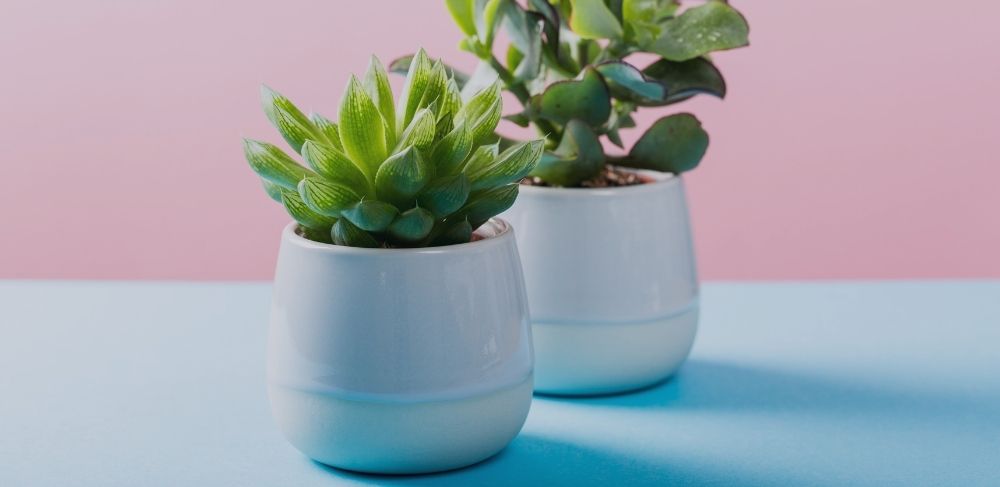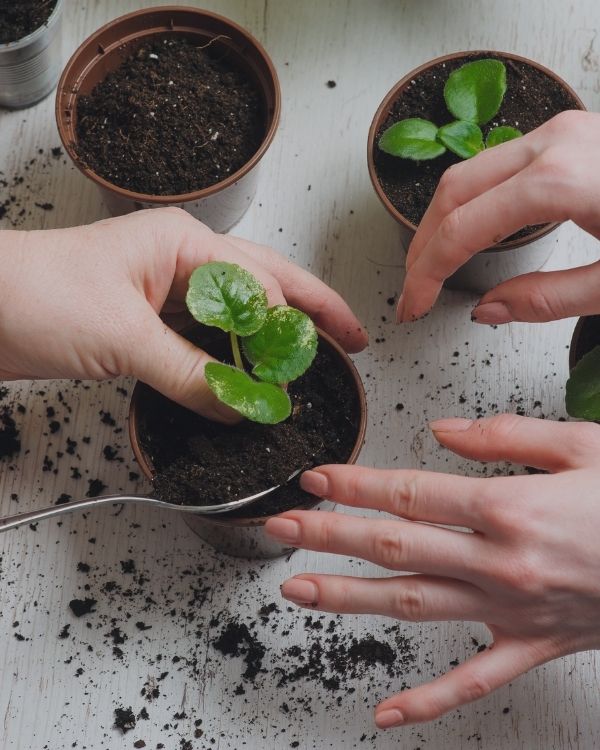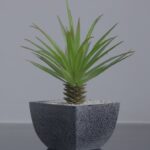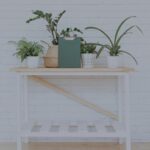Helpful Indoor Garden Tips For Beginners!
Whether you live in an apartment or your landlord doesn’t allow using the backyard, there are ways around this. Growing potted vegetables is one way. People can enjoy gardening even if they don’t have a lot of space!
This article is for indoor gardening enthusiasts that want to grow different varieties of plants. If you’re looking into starting your own kitchen garden, but you have no clue of plants and their growth processes, you can start by reading this article. Get to know how it works and what is in it for you.
But before we go into the practical part and you get your hands dirty, we will talk about how plants grow at all.

The 4 stages of plant growth
The growth of a plant is not an easy task to keep up with. There are many stages that need attention, and unless you know what your particular seed needs in order for it to thrive, a lot can go wrong!
There’s no denying how incredible these little guys grow; even if they don’t seem like much at first glance, when things get going the magic happens literally in front of our eyes!!
Indoor gardens are easy to make and maintain, and they’re not that complicated for beginners. You need to know how a plant grows and what it requires, so you can do everything thats important. Even if you don’t have magical wizard garden skills, there is plenty of information on how to become a successful gardener with simple tips and tricks.

The Seed
The seed itself is a shell with complete information and potential. In one little shell, you can see not only the beginning of your plant’s life and what it needs to sustain herself, but also contain all those important nutrients for growth.

Germination
Germination is when the seed comes out of its shell, usually due to favorable conditions. There are two factors that need to be met for germinating seeds: Water and warmth.
Vegetation
The seedling has grown its roots downward to absorb soil nutrients. Now that it’s all set up with an ample supply of food for healthy growth, the next step involves raising leaves upwards, so it does not miss any light. During the vegetative stage of growth, plants grow their stem and branch areas.
Reproduction
When plants need to flourish, they use the energy that would have been used for growth and instead devote it all towards flowering. The reproductive phase is when phosphorus becomes very important because this nutrient assists with fruit or seed formation in flowers.
What you need to know about the roots
What lies beneath the ground is what really matters. The roots of a plant are like an internal plumbing system that sucks up air, water and nutrients from the soil to deliver it all along the way up for photosynthesis.
The roots are like the lifeblood of any plant. If they don’t have enough room to grow, then you won’t be able to see how much your tree or plant truly benefits from the nutrients. The roots cannot get any longer without hitting an obstacle that stops them from going further into the ground. Which means you aren’t getting any extra nutrients or energy, so it’s essential for a plants’ health to give them enough space!
5 Tips you should follow to grow healthy indoor plants
1. Know what your plants need
- Light: Plants require light to transform water, carbon dioxide, and nutrients into sugar that they may consume. When there is low levels of light, plants will be starving because they can’t live of the soil only.
- Water: Water is essential for plant life and enables the photosynthesis process. Without water, plants can’t draw nutrients from their surroundings, which may result in nutrient deficiency or even death.
- Carbon Dioxide: Plants use carbon dioxide for photosynthesis. They breathe in the gas around them and turn it into useful energy, which helps them grow!
- Nutrients: Plants need a variety of nutrients for good health, including nitrogen, phosphorus and potassium. These elements play important roles in plant function, like photosynthesis or helping them build strong roots!
2. Use organic potting soil
Organic potting soil is a good choice for indoor plants because it won’t contain any harmful chemicals or pests that could bring diseases into your home.
3. Get organic fertilizer
The best option is organic fertilizer because they’re made to improve your soil over time, unlike synthetic one which can slowly degrade the quality.
One of the best ways to ensure a healthy garden is by watering your plants before adding dry fertilizers. After all, they need water so that their roots can absorb nutrients from those organic substances!
4. Water your plants just right!
You don’t need to be told how important it is that you water your plants often. Though, overwatering is the most common cause of death for indoor plants!
Check the soil, if it’s dry, it requires water. Don’t focus too much on how frequently you water your plants, but rather on the signs you can read observing the soil and the leaves.
There are a few different ways to water your plants. One way is by adding water at the bottom of a pot, which makes the moisture “wicking” through the soil and reaching deep down into the roots. Other plants like their water directly into the pot, so it depends on the type of plants you grow!
5. Your plants need airflow
How do you know if your plants are getting enough air flow? You should monitor the soil moisture. If it takes longer than usual for the soil to dry up, experiment with improving the airflow and see how long before they’re dry again!
Conclusion: Get to know your plants!
What kind of plant do you have? It’s important to research your specific type and take care of it as they prefer. Different plants will require different treatments!
The principles of indoor gardening are easy to understand once you know what’s happening above and below the soil.
With more understanding about your plants and what they need to grow healthy, you will become a good gardener even without all the initial skills.





